Five Tips For Taking Better Photos Creatively
This post assumes you already know the basics such as understanding shutter speed and FStop to get the correct exposure. If you are looking for technical photography advice, then this article is not for you. If you are looking for ideas to help increase your creativity when looking at a scene, then this may help you increase your creativity.
When I was a student at The Corcoran Gallery of Art in Washington, DC, I was prevented from taking photography classes until I had taken some fine art courses, and art history.
While many of my fellow students grumbled about taking art classes before pursuing our passion for photography, I absorbed all the information like a sponge.
I was anxious to learn how to create art. We routinely had to draw models while in art class.
Learning how to move the brush strokes, understanding how the thickness affects painting, or learning how to draw angles, and most importantly, understanding how light hit the model all became relevant when later learning about photography. These art classes prepared and ignited my passion for photography.
Understanding colors, shapes and form in design classes all contributed to helping me develop my creativity level when viewing a scene. If possible, take the time to read some introduction to art books. It will make your work better.
While working for other professional photographers, we would go out and view a great scene. As I improved over time, when I was sent out on a job, the professional would think he/she found the best shot and just shoot it. Meanwhile, I would walk around 360 degrees and sometimes stumble on a better photo just because I was open to trying something different. Be open to turning in a full circle when you see something you like! You just never know. Now, finally on to my tips.
Five Tips For Taking Good Photos
Stop and look. Engage yourself with your environment. As with a painter, spend more time looking than shooting. In the old camera days of film, we had to be very circumspect about the photos we took so as not to waste time in developing them. Just because you have a digital camera doesn't mean you snap everything in sight and hope for the best.
Turn around, sometimes the best things are happening behind you while you're concentrating on something else.
Keep it fresh, and keep it simple. A child holding its parent's hand, or a dog looking away can be powerful photos, although they sound mundane.
Don't stop just shooting because you think you have the shot. Sometimes the best shots are an after thought. The child may lean its head, or a dog may turn toward you. When I took one of my favorite pictures, a red tree, I was actually supposed to be shooting the skyline of the city. Suddenly, a huge thunderstorm came, and we rushed to put our camera gear in the car. When the rain passed, I saw gorgeous billowing rain clouds with the sunlight coming through that I would not have photographed just fifteen minutes ago. Then I saw this red tree.
I almost never got this shot. I was meant to shoot the skyline, but when I turned around I saw this tree.
5. Always remember what inspired you to take pictures in the first place and never lose sight of it. I am inspired by an artist called Irving Penn who did a portrait of Pablo Picasso. I love Irving Penn’s work. He has been my most inspiration artist for my portrait photography. His work is timeless, elegant, and I especially love his work with light and composition. Find an artist you love and study his or her style to help you make your own.
Irving Penn inspired Pablo Picasso Photo. This is me, having fun posing in an Irving Penn stye
I hope my 5 tips helped. The simplest advice can also be the most powerful when you implement it.


